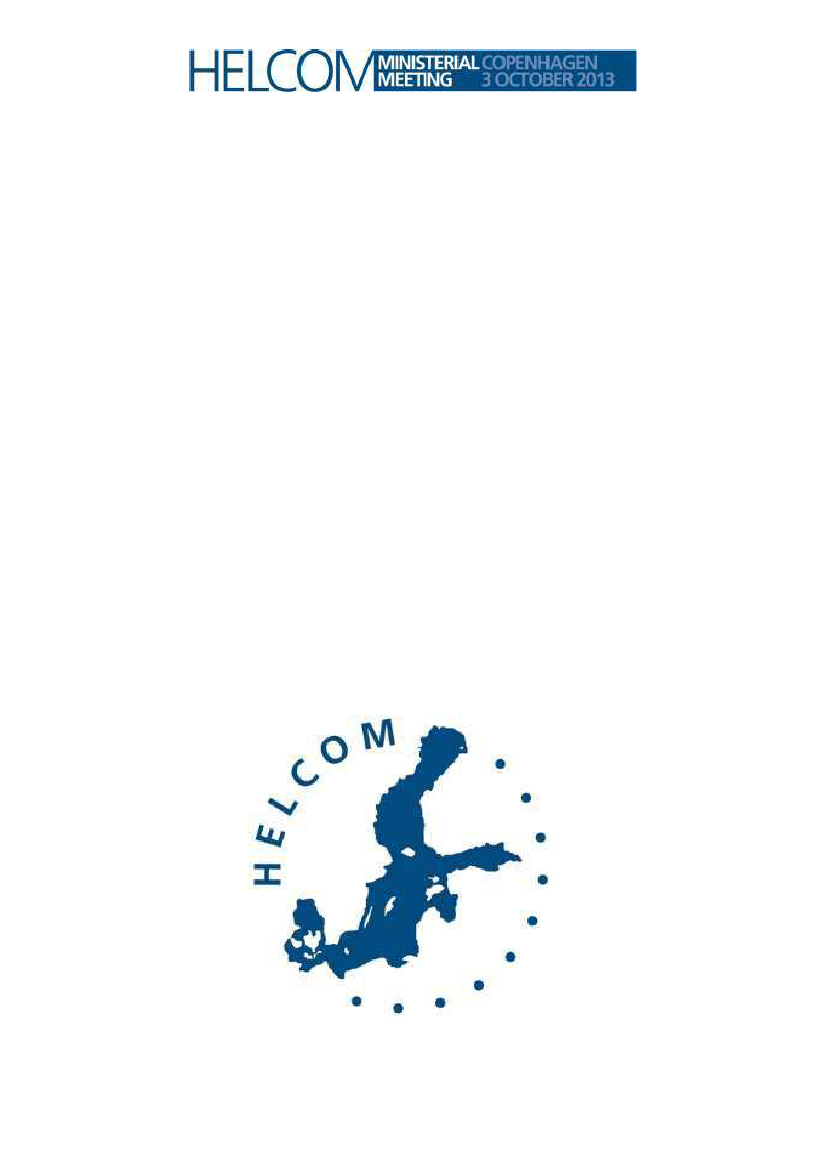
Summary report on the development of revised Maximum
Allowable Inputs (MAI) and updated Country Allocated
Reduction Targets (CART) of the Baltic Sea Action Plan
This document was prepared for the 2013 HELCOM Ministerial Meeting
to give information on the progress in implementing
the HELCOM Baltic Sea Action Plan
Baltic Marine Environment Protection Commission